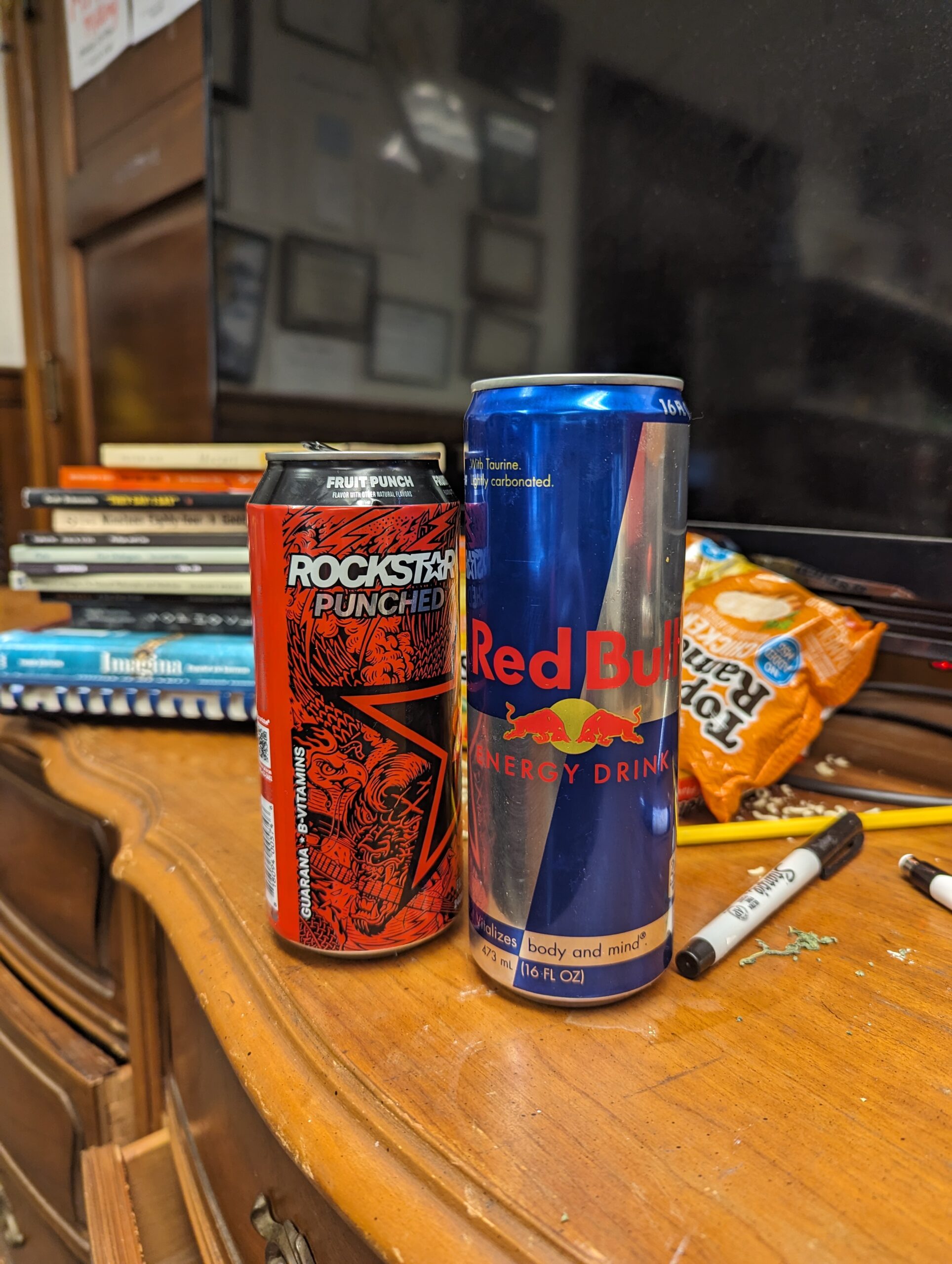By Katelynn Padron, Business Writer
Some call it marketing, others call it manipulation. Companies use a multitude of strategies to get shoppers to buy more, and many consumers don’t even recognize many of these tricks in action.
Businesses carefully optimize each element of an item for sale, from item placement to decor to create more spending. You may not notice these strategies, but chances are they affect your spending habits.
1. Insinuating Freshness
You may be caught in a sudden rainstorm when buying produce at the grocery store. Stores use mist machines to keep produce looking fresh. You are much more likely to purchase crisp, dewy spinach than a bunch of dry, wilted leaves.
However, these mist machines actually do more harm to your produce than good. In 1990, The New York Times reported an outbreak of Legionnaires’ disease, a flu-like illness, spread by the mist machines at a Louisiana Winn-Dixie. The Louisiana Office of Public Health found 34 people infected by the system, two of whom died.
Connie Morbach, a microbiologist for Sanit-Air Inc., said the sprinklers are “not a problem unless you inhale the droplets.” She said she suggests that shoppers avoid the mist.
Some stores play a thunder sound to alert customers that the sprinklers are about to come on. This can give you the opportunity to avoid an unwanted shower.
Another way stores insinuate freshness is by placing flowers and produce near the entrance.
“Flowers, as everyone knows, are among the freshest, most perishable objects on earth,” Martin Lindstrom, marketing expert and author of the book “Brandwashed,” wrote. “Which is why fresh flowers are placed right up front: to ‘prime’ us to think of freshness the moment we enter the store.”
Whole Foods follows this freshness recipe, Lindstrom said, and hopes its customers associate the entire store with freshness because of that first impression.
2. Putting necessities in the back of the store
You may have wondered why you have to head into the depths of a store for necessities like bread, cereal and milk.
Leah Zerbe from RodaleNews.com wrote “grocery store milk, and other things that just about everybody needs, are put in the back of the store so you (and your children) are more likely to make impulse purchases as you make your way the dairy section and back.”
No wonder those Oreos made their way into your cart.
3. The science of craving
Beverage companies set their coolers to exactly the right temperature to create “sweat” on the outside of cans. “Brandwashed” author Lindstrom said this sweat triggers a craving for the product.
“What those little drops of sweat signal to us subconsciously is that the beverage is not just cold but ice-cold,” Lindsrom wrote, “which as everyone knows, makes soda a million times more tasty and refreshing.”
Many companies also include addictive ingredients in their products to induce craving. MSG, sugar and caffeine are among the worst perpetrators.
“Caffeine activates the pleasure centers of the brain by slowing down the rate of dopamine reabsorption,” Lindsrom wrote, “making us feel peppy and good (cocaine and heroin do the same thing, but obviously to a much greater degree).”
Once consumers are no longer caffeinated, Lindstrom said, they begin to feel tired and irritable. In order to return to a positive state, one must consume more caffeine. The same goes for sugar, found in large quantities in most soft drinks, and MSG, found in most salty snacks — such as Doritos.
Next time you pick up a few things from Walgreens on Pacific Avenue, remember that marketers have engineered everything to encourage you to spend. Save some money by recognizing these tricks and keeping your money in your wallet.




















